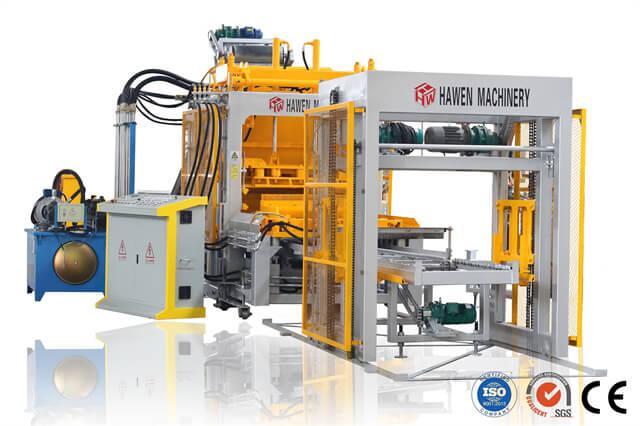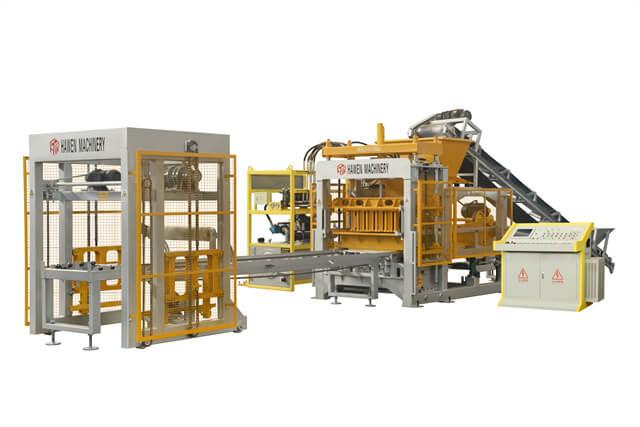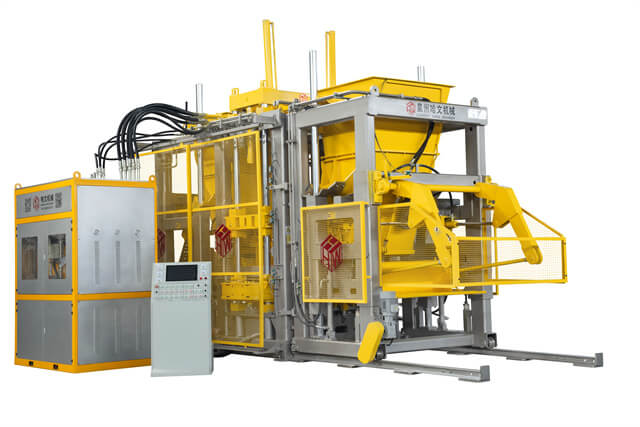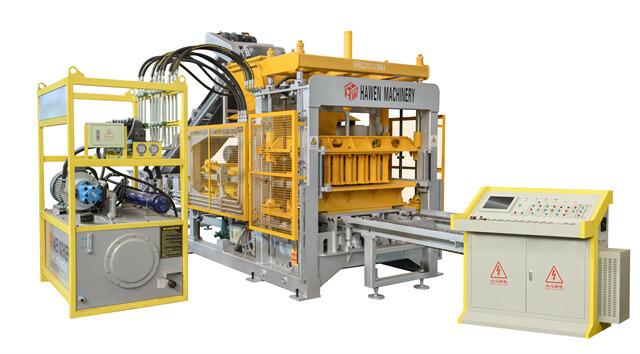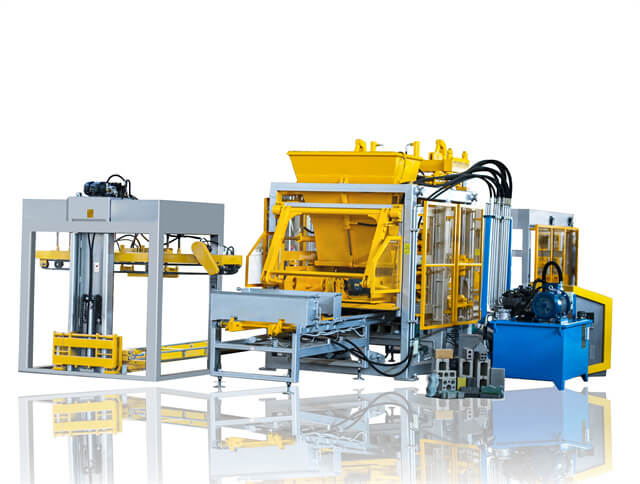Author:HAWEN Block MachineFROM:Brick Production Machine Manufacturer TIME:2024-04-21
Operating and Using an AAC Block Manufacturing Machine
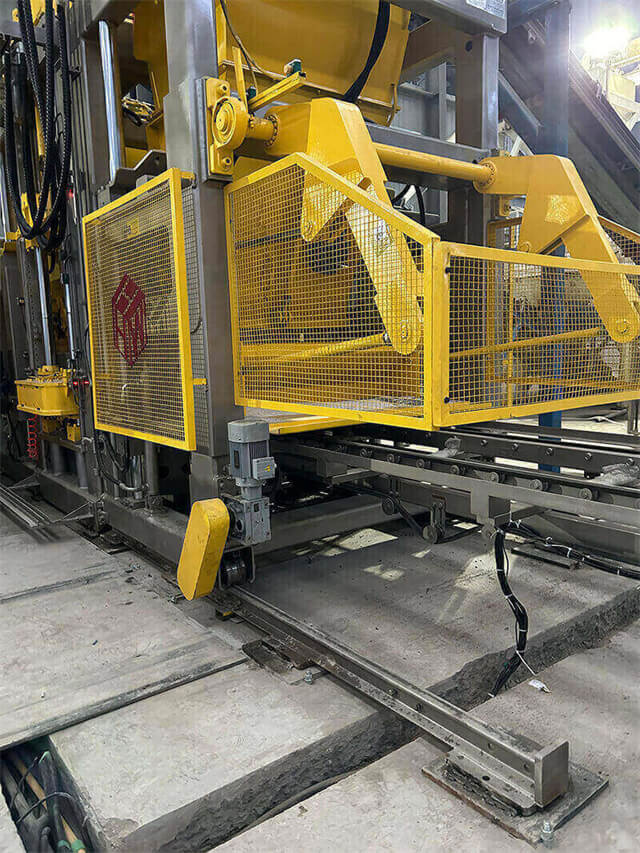
AAC (Autoclaved Aerated Concrete) blocks are widely used in the construction industry due to their lightweight, thermal insulation, and fire resistance properties. To meet the increasing demand for AAC blocks, manufacturers are using advanced machines to streamline the production process. This article provides a comprehensive guide on operating and using an AAC block manufacturing machine.
The first step in operating an AAC block manufacturing machine is setting up the equipment. This involves placing the machine on a stable foundation, connecting it to the power source, and ensuring all safety measures are in place. It is essential to read the manufacturer's instructions carefully and follow them precisely during the setup process.
Before starting the production, it is necessary to prepare the raw materials. The main components of AAC blocks are cement, lime, fly ash, and aluminum powder. These materials need to be proportioned accurately and mixed thoroughly to form a homogeneous mixture. A batching plant or mixer can be used for this purpose.
The next step is preparing the molds for casting AAC blocks. The molds should be clean and free from any debris or residue. Applying a release agent to the inner surfaces of the molds will facilitate easy demolding. Additionally, checking the alignment and integrity of the molds is crucial to ensure consistent block dimensions.
Once the molds are ready, the AAC block manufacturing machine can start the casting process. The prepared mixture is poured into the molds, and a vibrating table is used to eliminate air bubbles and ensure uniform distribution. The machine should have a mechanism for controlling the pouring rate and vibration intensity.
Autoclaving is a crucial step in the production of AAC blocks. The casted blocks are transferred to autoclave chambers, where they undergo a curing process under high-pressure steam. This process promotes the formation of calcium silicate hydrate, resulting in the hardening and strength development of the blocks. The autoclaving duration and temperature must be strictly maintained as per the manufacturer's specifications.
After autoclaving, the blocks need to be demolded carefully. The molds are opened, and the blocks are removed without causing any damage. Subsequently, the demolded blocks are stacked and cured in a controlled environment for a specific duration. This curing period ensures optimal strength gain and dimensional stability.

Throughout the production process, quality control measures should be implemented to ensure the manufactured AAC blocks meet the required standards. Regular testing of raw materials, monitoring the production parameters, and conducting compressive strength tests on finished blocks are essential to maintain product quality.
Maintaining the AAC block manufacturing machine is crucial for its efficient operation and longevity. Regular cleaning, lubrication, and inspection of the machine components should be carried out. In case of any malfunction or breakdown, troubleshooting steps provided by the manufacturer should be followed, or professional assistance should be sought.
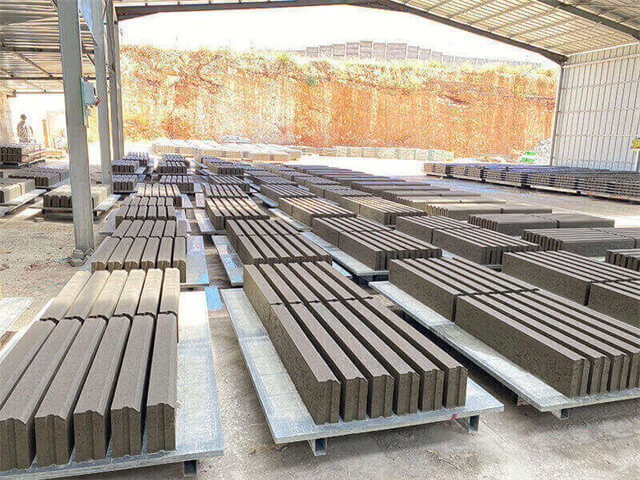
Operating and using an AAC block manufacturing machine requires careful setup, precise raw material preparation, mold preparation, and following specific casting, autoclaving, demolding, curing, and quality control processes. Regular maintenance and troubleshooting are necessary to ensure the machine operates smoothly. By adhering to these guidelines, manufacturers can produce high-quality AAC blocks efficiently to meet growing construction demands.
